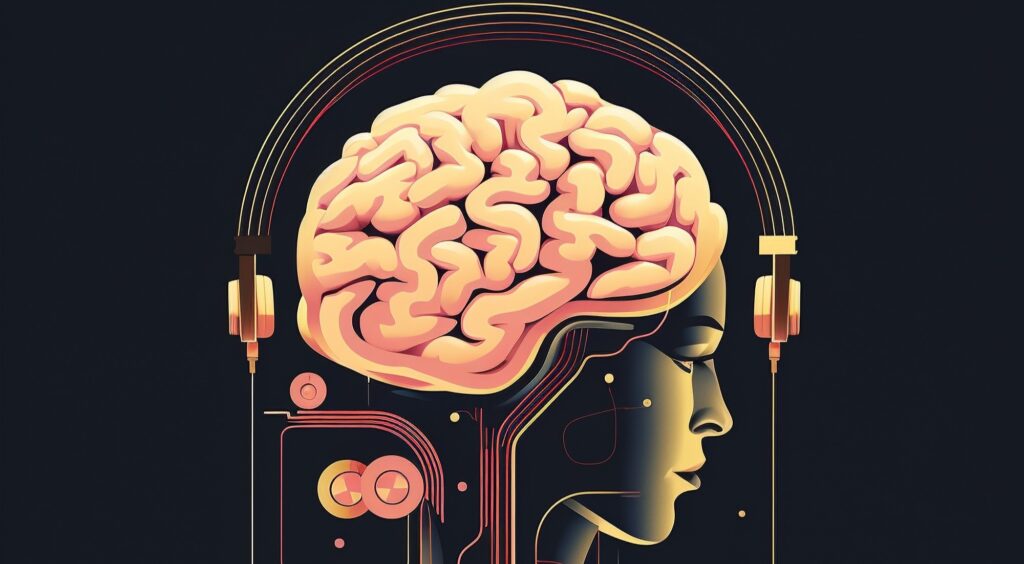Neuroplasticity, also referred to as brain plasticity or neural plasticity, indicates the innate ability of the brain to reorganize its neural pathways and synaptic connections based on learning, experiences, and external stimuli.
Neuroplasticity refers to the capacity of neurons and neural networks within the brain to modify their connections and behaviour. This adaptability occurs in reaction to diverse stimuli like novel information, sensory input, developmental changes, and challenges such as damage or dysfunction.
The consequential alterations in neural dynamics play a crucial part not only in functional aspects but also hold therapeutic promise in addressing various brain diseases. Moreover, neuroplasticity extends its influence into the realm of overall health, contributing to both cognitive well-being and potential therapeutic interventions for optimal brain function.
Importance of Neuroplasticity in the workplace
Neuroplasticity goes beyond neuroscience, holding profound implications for the modern workplace. Today, the ability to learn and adapt is crucial for thriving. Neuroplasticity serves as the foundation for individuals to acquire new skills, knowledge, and cognitive functions, enabling effective navigation of workplace challenges.
Consistent engagement in lifelong learning harnesses neuroplasticity’s power, leading to enhanced productivity, job performance, and career advancement. Multisensory training programs and challenging tasks stimulate brain plasticity, improving memory retention and fostering cognitive agility.
Understanding neuroplasticity offers organizations insights to optimize workplaces for improved employee performance. It creates an opportunity to cultivate a dynamic, resilient, and adaptable workforce capable of meeting evolving business demands.
Neuroplasticity for Improved Workplace Performance
Good brain health is crucial for neuroplasticity, the brain’s ability to adapt and learn. Exercise, nutrition, sleep, and stress management all play a vital role in shaping this process. These factors work together to influence how our brains function and change.tunesharemore_vert
Engaging in regular physical exercise stands out as a potent contributor to neuroplasticity. It not only triggers the birth of new neurons, known as neurogenesis but also amplifies synaptic plasticity, ultimately enhancing cognitive functions. Equally important, sufficient and quality sleep is integral to synaptic homeostasis, creating a supportive environment for neuroplasticity to thrive and promoting effective learning and memory.
Good brain health and neuroplasticity thrive on nutritious diets. Antioxidants and omega-3s in food combat stress and inflammation, promoting strong brain connections. However, chronic stress hinders learning and memory, highlighting the importance of stress management for brain health.tunesharemore_vert
In essence, maintaining an optimal state of brain health becomes the catalyst for neuroplasticity, paving the way for adaptive behaviours, enhanced learning, and improved memory functions.
Cognitive Training
- Cognitive training, focused on improving memory, attention, and problem-solving, induces neuroplastic changes, enhancing cognitive performance.
- Working memory training, for instance, increases capacity with associated neuroplastic alterations in brain activity.
- Attention training modifies brain regions linked to attention control. Overall, cognitive training utilizes neuroplasticity to boost cognitive functions, holding promise for workplace performance.

Mindfulness-based Interventions
- Mindfulness interventions, promoting nonjudgmental present-moment attention, induce neuroplastic changes in the brain.
- This correlates with increased grey matter density in the prefrontal cortex and hippocampus, associated with improved cognitive performance.
- Reduced amygdala activity reflects enhanced emotion regulation.
- These changes can benefit workplace performance by improving attention, memory, emotional regulation, and stress management.
Neuroplasticity for Leadership Development
According to a study by Sivalingam, Thomas & Karthikeyan (2017) on the application of neuroplasticity for leadership development,
- Neuroplasticity is the ability of the brain to change itself in response to experience, learning, and environment. This enables leaders to develop new skills, habits, and mindsets that can improve their effectiveness and performance.
- It can be enhanced by applying certain principles and practices, such as setting clear and challenging goals, paying attention to feedback, engaging in reflection and mindfulness, and creating a supportive and stimulating environment.
- Neuroplasticity can also help leaders overcome their limitations, such as negative thinking, emotional reactivity, procrastination, and resistance to change. By understanding how the brain works and how it can be rewired, leaders can use self-directed neuroplasticity to change their behaviour and outcomes.
- It can also inform leadership development and coaching, providing a scientific basis for understanding how people learn, change, and grow. By leveraging neuroscience and neuroleadership, leaders and coaches can design more effective and engaging interventions that can foster personal and organizational transformation.

It essentially shows how leaders can leverage the brain’s natural ability to adapt and learn to address weaknesses, break unwanted habits, and strengthen desired skills.
The key takeaway is that leadership development is not limited by fixed traits or abilities. Through conscious effort and targeted practices, leaders can forge new neural pathways, essentially rewiring their brains to become more effective. This opens doors for continuous improvement, allowing leaders to adapt to changing environments and embrace new challenges.
However, the paper acknowledges that unlocking this potential is not without its hurdles. Leaders need to be motivated and persistent in their efforts, as rewiring the brain takes time and dedication. Additionally, resistance to change and ethical considerations surrounding the application of these principles requires careful consideration.
Impact of Neuroplasticity Practices on Software Developers & Computer Workers
An intriguing study on neuroplasticity practices on people working with software found that:
- Improvement in attention awareness and daily perceptions of life. The intervention increased the participants’ mindfulness attention awareness, which is associated with higher quality or optimal moment-to-moment experiences and self-regulation.
- Enhancement in well-being and resilience. The intervention improved the participants’ ratings of positive affect, psychological well-being, and self-efficacy, which are indicators of mental and emotional health and coping abilities.
- Increase in productivity and performance. This intervention may have positive effects on the participants’ perceived productivity, decision-making, creativity, and feedback skills, which are relevant to software development and computer work.
The study highlighted the positive impact of neuroplasticity practices, specifically through Pranayama Vyana Vayu, on software developers and computer workers. Improved attention, enhanced well-being, and increased productivity were observed. This emphasizes the potential of such interventions for holistic benefits in the demanding field of computer-related work.
Now that we’ve explored the concept of neuroplasticity, we’re equipped with a powerful understanding of how our brains can adapt and change over time.
This knowledge isn’t just fascinating; it’s incredibly empowering for our daily lives. Understanding neuroplasticity means realizing that we can shape our brains through our thoughts, actions, and experiences.
By embracing challenges, seeking new opportunities, and persisting in the face of setbacks, we can actively stimulate and mould our brains to promote neuroplasticity. We can also engage in activities that promote brain health, such as exercise, meditation, and healthy eating habits. So, let’s leverage this incredible insight into neuroplasticity to live our lives with a sense of curiosity and continual improvement, knowing that our brains are always ready to learn, evolve, and thrive.